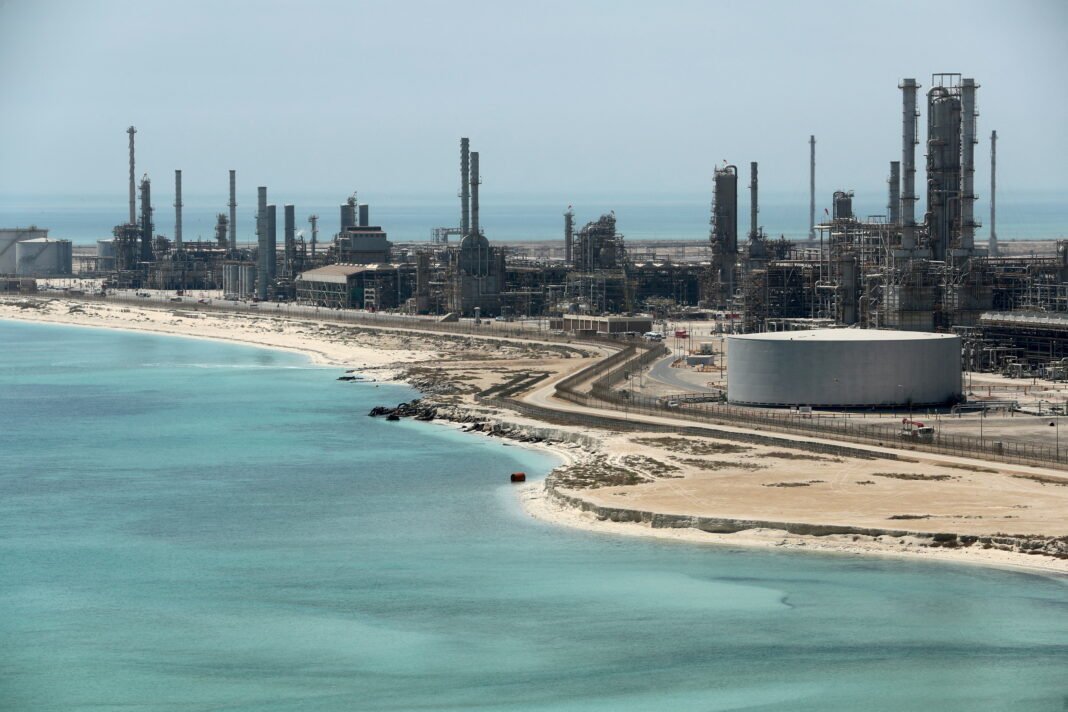Indirect risks from US tariffs are now affecting Saudi Arabia’s economy. The country avoids direct trade disruption due to oil and gas exemptions. However, global demand is slowing, and that creates pressure on oil revenues. These changes may weaken Saudi Arabia’s financial stability if they continue.
Moreover, falling oil prices have already raised concerns. Investors are cautious, and economic uncertainty is growing worldwide. Brent crude has dropped, reflecting fears about slower global growth. This decline adds to the indirect risks from US tariffs that Saudi Arabia faces.
Saudi Arabia depends heavily on oil for its budget. Lower oil income can slow government spending and delay development projects. As a result, economic diversification efforts may suffer. These outcomes are part of the wider indirect risks from US tariffs.
Furthermore, the banking sector could feel pressure. Weaker economic activity may reduce loan demand and cut profit margins. Real estate and contracting, both sensitive to growth, might slow down. This trend adds another layer to the indirect risks from US tariffs.
Despite these challenges, Saudi Arabia holds strong reserves. The government has low debt and a stable financial position. These factors give the country room to manage future shocks. However, continued low oil prices may stretch this buffer over time.
Meanwhile, banks in Saudi Arabia remain resilient. Their balance sheets are solid, and they serve both retail and corporate sectors. Even so, falling interest rates and market volatility may lower earnings. These conditions reflect the spread of indirect risks from US tariffs into finance.
Additionally, private businesses may reduce investment. Slower global trade affects sales and investor confidence. Corporations in energy, real estate, and construction could face weaker demand. This puts more weight on local economic drivers.
Sovereign wealth funds may also adjust their strategies. More borrowing might become necessary to keep supporting diversification plans. These funds are key to Vision 2030 goals and long-term national growth.
In summary, indirect risks from US tariffs challenge Saudi Arabia through lower oil prices, tighter credit, and slower growth. The country’s strong financial base helps, but careful planning remains essential.





